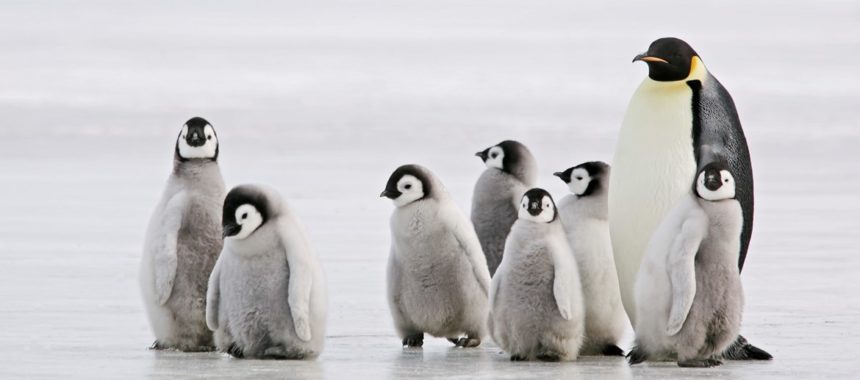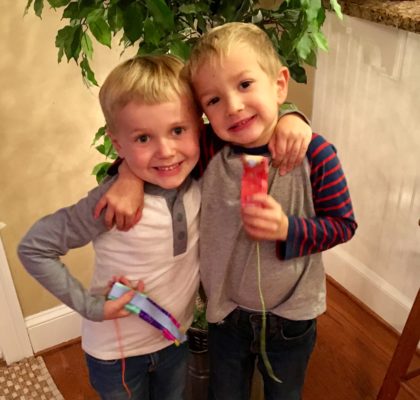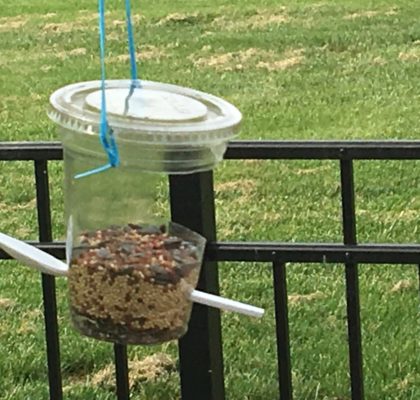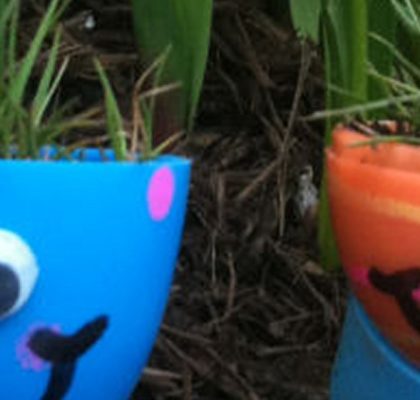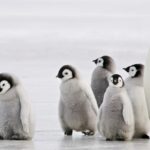
Walk Like a Penguin!
In this simple STEM activity, little scientists explore penguins and what it feels like to waddle around.
The Science: Penguins are unique birds that have very distinct adaptations that allow them to survive in their environment. Penguins cannot fly because their bones are heavy and solid; but these qualities give them more weight for swimming and diving in water. Their stiff wings aren’t good for flying, but they are excellent as paddles. This gives them the ability to swim rapidly after their prey, or to escape from predators. Penguins also have thick, webbed feet that are better for swimming and walking, while flying birds have long, thin feet. Penguins walk or waddle very fast on land. They also jump and slide on their bellies.
Not only are penguins excellent hunters, but they are well-suited to withstand frigid temperatures. The underside of a penguin’s feathers is made up of soft feathers called “down.” These feathers trap a layer of air which, as in our experiment, creates a buffer between the penguin’s body and the icy cold. The penguin’s outer feathers are stiff and small and tightly packed together. Penguins smear oil over their outer feathers to keep them wind- and waterproof. Penguins also have a thick layer of blubber (fat) under their skin to protect them from the cold.
In addition to their blubber and down, male Emperor penguins also have a strategy for keeping themselves warm: they clump together in big groups, and take turns moving to the inside of the group where they are warmed and protected from the cold wind. The females don’t do this because they spend the winter months feeding at sea while the male penguins take care of the eggs that the females have laid! The male penguin must balance the egg on his feet and keep it covered by the brood pouch - a very warm layer of feathered skin that keeps the egg safe and warm. If the egg fell out of the brood pouch, it could freeze to death in as little as 2 minutes! The male takes care of the egg for about 65 days, through temperatures as low as -60 degrees F, and does not eat the whole time! When the chick finally hatches, the female returns with food and the male goes off to feed in the sea.
Instructions
First have the children walk around on the carpet like a penguin would.
Then, pass out the plastic eggs and let the children walk around like penguins with eggs on their feet. Make sure the eggs don’t fall off their feet and onto the floor! Consider combining this activity with making penguin eggs for the kids to care for at home: http://experimentexchange.com/living-systems/eggs-plore-penguin-eggs/
This is a great educational song about penguins to play while the kids are having fun waddling: https://www.youtube.com/watch?v=Lt2C9KDmFf0


